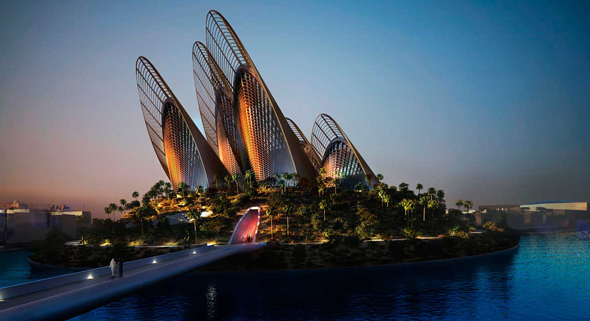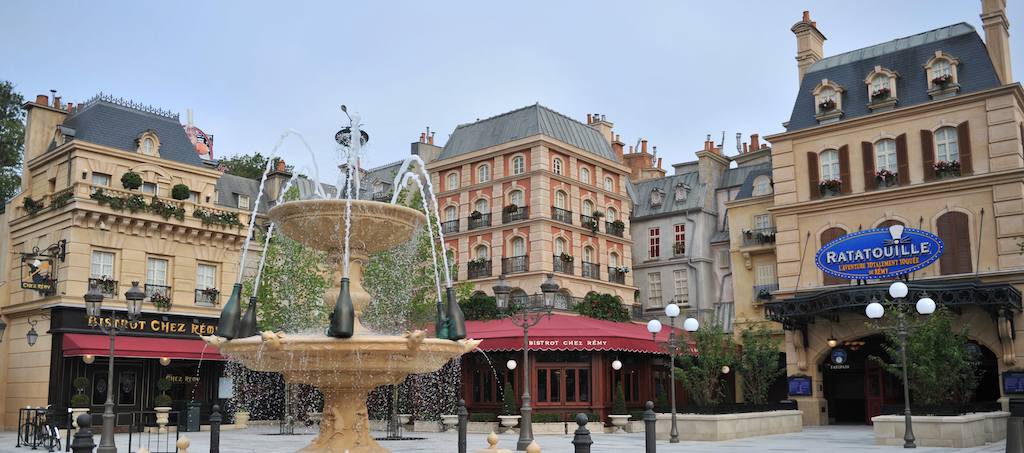
|
|
|
|
ARCHITECTURE AND TOURISM. FICTIONS, SIMULACRA, VIRTUALITIES The aim of this conference is to question and rethink the built environments constructed for and by tourism. Such environments are commonly rooted in cultural imaginaries that become spatialized as simulacra for the purpose of attracting tourists. Simulacra may mean the reinterpretation of a medieval village as a shopping mall or the wholesale recreation of Venice in Las Vegas, or it may stem from virtual realities that have been populated by folkloric traditions, contemporary popular culture or science fiction such as Disneyland, Star Wars, or East Asian “anime pilgrimages” destinations (Contents Tourism). We question the ways in which fictions, simulacra, and virtualities express tourism in the built environment and vice versa. What is the relationship between the “real” and the “fake,” especially within the so-called tourist bubble? How are these tourist worlds performed and what is at stake in these performances? Who benefits from the creation of these touristic worlds? How might tourism environments influence the daily practice of architecture? Since its beginnings in the Industrial Revolution, an era that heralded the rapid urbanization of Western Europe, the phenomenon of mass tourism inspired built environments that have a constitutive, and sometimes problematic, relationship with the “real” world and its architectural references. On the one hand, such environments re-interpret architectural and urban archetypes such as the ancient palace, the Renaissance villa, or the Mediterranean village. On the other hand, they spatialize perceptions of utopia: among them, pristine environments, Shangri-La, El Dorado, Eden, and Paradise. In most cases these two situations occur simultaneously, creating idealised places inspired by dreamed or utopian ideas. Tourists are not only the “consumers” of these idealised worlds; they also co-produce and they constantly re-interpret them through their imaginaries and their practices. Non-Western practices of tourism are similarly inspired to build their simulacra based on their imaginaries of both the “traditional Western world” (e.g., Shenzen, Windows on the World) and their virtual worlds (e.g., Hindu Temple theme parks). If these tourism worlds have been inspired by actually existing places as well as imagined worlds, then they have also inspired, in their turn, the places in which we live, work, learn, shop, study or practice our leisure activities. Themes
-
Zayed-National-Museum. Source: http://www.saadiyatculturaldistrict.ae/en/Saadiyat-Cultural-District/Zayed-National-Museum/
« Tourisme et simulacre », Ratatouille, Disneyland Paris. Source: http://www.lemondeducine.com/attraction-ratatouille-disneyland-paris/ |



